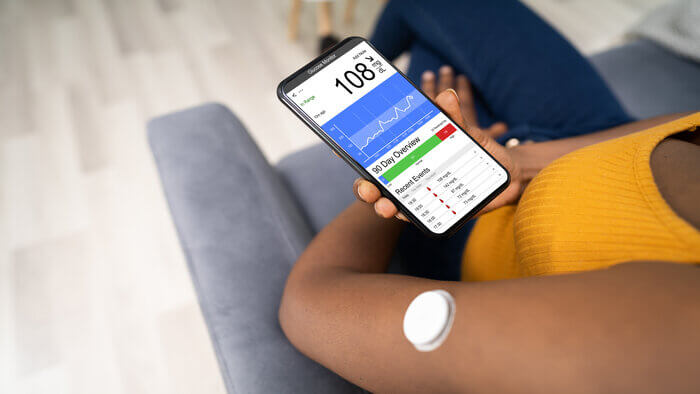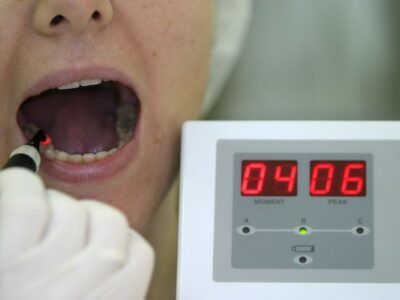
When creating a remote patient monitoring (RPM) program, it’s important to follow a structured model and identify good candidates. After you have a good model, you can begin implementing the program. You can improve your workflow and improve patient health outcomes. The following tips can help you design a successful RPM program.
Implementing a remote patient monitoring program
The first step to implementing a successful CoachCare remote patient monitoring is determining your specific patient population. For example, specialized practices will likely want a program that tracks blood glucose levels, while family practices will need to know more about their patient’s weight. Next, a remote patient monitoring system should be integrated into an electronic health record.
The next step is to educate your staff. While this may be daunting, educating your staff and patients can help smooth the transition. In addition, remote monitoring programs allow you to streamline the coding and billing processes.
Creating a structured model
One of the keys to creating a successful RPM program is understanding the patient’s needs. For example, without a patient’s input, even the most expensive connected device could be left in a patient’s home without delivering benefits. Therefore, creating a patient onboarding process that explains all the details of the RPM program, benefits, and associated costs is essential.
An effective remote patient monitoring (RPM) program is designed to provide accurate and timely patient data to allow the care team to refine the approach to treatment. Integration between the RPM system and the EMR system is also critical. For this, an FHIR-based API should be used. This allows data from different systems to be exchanged. An RPM solution should also include a decision support module that analyzes the patient’s data and compares it to predetermined thresholds. If the data reaches a certain level, a notification center is notified.
Identifying good candidates
When introducing an RPM program, it’s important to ensure that it targets the patient’s goals and circumstances. The program should also clearly define the roles and responsibilities of different care team members. The RPM process should be described as a RACI matrix, with specific tasks and interactions between the team members and the patient.
As with any business, a successful RPM program must have goals. Once you’ve determined which patients are eligible for RPM, you can create a targeted recruitment strategy and define the program’s expected results. Your RPM program should also define short and long-term goals.
Streamlining workflows
Successful RPM programs, including RTM monitoring, must consider the needs of all organization members. Therefore, integrating remote and digital technologies is one of the most important elements of a successful RPM program. This will have a significant impact on the entire organization as well as on the patients. In addition, you will need to assess the problems you are trying to address and prepare SMART goals to guide your efforts.
To begin, you must analyze the current workflows of your company. This involves talking to workers and process owners. You can identify redundancies, loopholes, and extra steps. This is crucial in ensuring your workflows function correctly and maximizing resource utilization.











